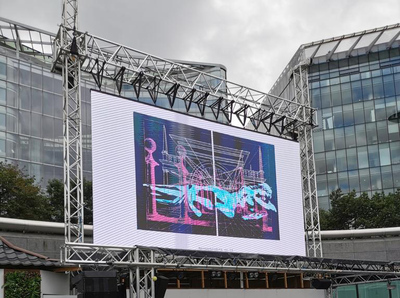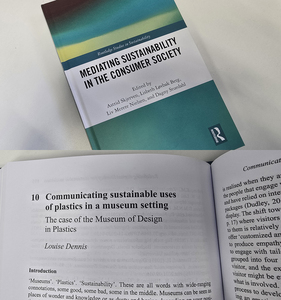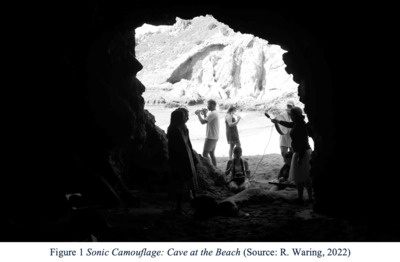A challenge for performers working in interactive and participatory performance forms is a need to navigate between the position of the ‘Architect’, designing and structuring an audience’s experience, and that of the ‘Clown’, sustaining a performance state that is present and responsive to the particularities of individual interactions. While design and structure can preoccupy the development of new work, rehearsing for participatory performance proves a challenge when the pivotal ingredient – an unpredictable audience – is absent. How can training support performers to attend to both performance structure and the immediacies of interactive exchange? How can it support them to think critically about the aesthetics, ethics and politics of both? This article reflects on my pedagogical process of working with a group of undergraduates in spring 2017, exploring training approaches to support their devising process as they created a self-directed interactive theatre piece. It offers an ethnographic glimpse into the studio work and students’ responses, as we investigated approaches to developing the performer as ‘Architect-Clown’. Drawing on 10 years’ experience as a performer-deviser in this field, I sought the tack between these two training zones, applying pedagogic methods that work to develop performance qualities of listening, presence and improvisation, alongside methods aimed at developing a critical and reflexive approach to experience-design. Are the two roles as distinct as is suggested? How might they interact, and what might be gained (or lost) from this cross-training studio approach?
 |



 Lists
Lists Lists
Lists










